Miles and kilometers are everyday distance units that we often need to consider more. We use them when planning trips, measuring exercise, and checking our car's fuel efficiency.
Whether estimating how far we need to go for groceries or planning a bike ride, these measurements help us make decisions and understand the world.
They're also crucial for moving things worldwide, ensuring goods and services get where they need to go. So, even though they seem simple, miles and kilometers are a big part of our daily lives and connect us to the rest of the world, making it necessary to know how to convert between the two customary units using a converter.
Our EnthuZiastic blog will review the fundamentals of mile to kilometer conversion in this post, giving you thorough explanations, real-world examples and a helpful conversion chart for quick and easy reference.
- The Concept of a Mile to Kilometer
- Conclusion
- FAQs
- 1) What is the formula to convert miles to kilometers and vice versa?
- 2) If a road trip is 200 miles, how many kilometers would that be?
- 3) Explain the historical context of the mile.
- 4) Why is the standard length of a marathon 42.195 kilometers?
- 5) What is the significance of the metric system about kilometers?
The Concept of a Mile to Kilometer
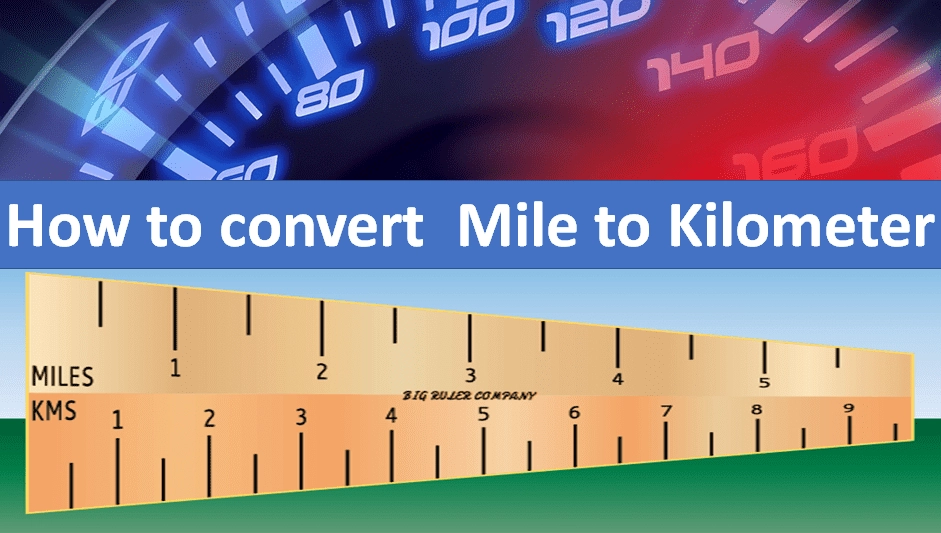
A mile is a unit of length used in the British imperial and United States customary measurement systems. It is based on the older English unit of length equal to 5,280 English feet, or 1,760 yards.
The international mile is defined as exactly 1,609.344 meters and is still prevalently used in countries such as the United States (US), United Kingdom (UK), Myanmar, and Liberia, as well as some other countries which are either US or UK territories, or have historical ties with either country. It is abbreviated as mi.
The Romans divided their mile into 5,000 pedēs (\"feet\"), but the greater importance of furlongs in Elizabethan-era England meant that the statute mile was made equivalent to 8 furlongs or 5,280 feet in 1593
1. Common Conversions of Miles to Other Units
Imperial/US units | Other units |
1 mile (mi) = 1.609344 kilometers (km) | 1 mile = 1.150779 nautical miles (nmi) |
1 mile = 5280 feet (ft) | 1 mile = 1609.344 meters (m) |
1 mile = 1760 yards (yd) | 1 mile = 1,609,344 millimeters (mm) |
1 mile = 63360 inches (in) | 1 mile = 160,934.4 centimeters (cm) |
1 mile = 80 chains (ch) | 1 mile = 16,093.44 decimeters (dm) |
1 mile = 8 furlongs (fur) | 1 mile = 1,609.344 hectometers (hm) |
Examples of how miles are commonly used
10 miles is approximately equal to 16 kilometers.
A marathon is 26.2 miles, which is roughly 42.2 kilometers.
The speed limit on a highway might be 60 miles per hour, approximately equivalent to 96 kilometers per hour.

2. kilometer
A kilometer is a unit of length used in the metric system of measurement. The word “kilometer” is derived from the Greek words “khilioi,” meaning “thousand,” and “metron, ” meaning “measure”.
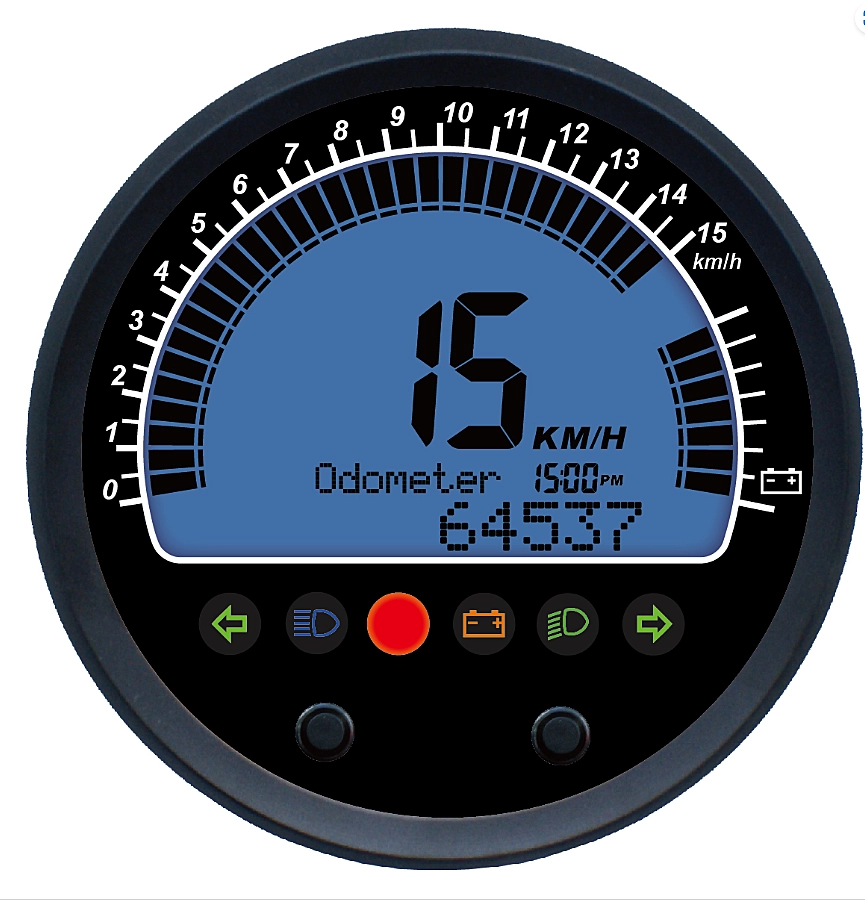
system was officially adopted in France during the French Revolution in the late 18th century, and the kilometer was introduced as a unit of length in 1795, as part of the international system of units.
It is now the measurement unit used for expressing distances between geographical places on land in most of the world. The abbreviation “km” is commonly used to represent a kilometer. It is defined as one thousand meters.
kilometer = 1,000 meters (m) Common conversions of kilometers to other units
Imperial/US units | Other units |
1 Kilometer = 0.62137 miles (mi) | 1 Kilometer = 0.53996 nautical miles (nmi) |
1 Kilometer = 1093.6 yards (yd) | 1 Kilometer = 100,000 centimeters (cm) |
1 Kilometer = 3280.8 feet (ft) | 1 Kilometer = 10,000 decimeters (dm) |
1 kilometer = 1,000 meters (m) | 1 Kilometer = 1,000 hectometers (hm) |
Examples of how kilometers are commonly used:
Running a 5-kilometer race.
Traveling 100 kilometers by car.
Measuring the length of a river.
Calculating the distance between two cities.
3. What is the formula for converting miles to kilometers?
The formula to convert miles to kilometers is straightforward. All you need to do is multiply the number of miles by the conversion factor, which is 1.60934. The formula can be expressed as:
Kilometers = Miles × 1.60934

This means that every mile is equivalent to approximately 1.60934 kilometers.
The magic number to remember is 1.6. (1 mile = 1.60934 km)
Here is an easy two-step process:
Take the number of miles and multiply by 1.6
The result is the kilometers
Yes, it's that easy! Let's see some examples:
10 miles x 1.6 = 16 km
25 miles x 1.6 = 40 km 50 miles x 1.6 = 80 km
Multiply the Miles by the Conversion Factor
To convert a specific number of miles to kilometers, you simply need to multiply the number of miles by the conversion factor. For example, to convert 5 miles to kilometers, you would do the following:
5 miles × 1.60934 kilometers/mile = 8.0467 kilometers
Converting Miles to Kilometers
Suppose you have a road trip planned, and the distance in miles is 150. To find out how many kilometers that is, you would use the formula:
Kilometers = 150 × 1.60934 Kilometers = 241.4 So, 150 miles is approximately equal to 241.4 kilometers.
Converting Kilometers to Miles
Now, let's say you're discussing a marathon, and the length of the race is 42 kilometers. To find the equivalent distance in miles, you would use the
Formula
Miles=1.6093442 Kilometers = 42 × 1.60934 Miles = 26.2 Therefore, 42 kilometers is approximately equal to 26.2 miles.
4. Real-life examples
1) If a marathon is 26.2 miles long, how many kilometers is it? 26.2 miles × 1.60934 kilometers = 42.183 kilometers Therefore, a marathon that is 26.2 miles long is approximately 42.195 kilometers.
2) Convert a distance of 150 miles to kilometers. 150 miles × 1.60934 kilometers = 241.501 kilometers Hence, a distance of 150 miles is equivalent to approximately 241.501 kilometers.
3) Express the speed of a car, which travels at 60 miles per hour, in kilometers per hour. 60 miles/hour × 1.60934 kilometers =96.5604 kilometers/hour Thus, 60 miles per hour equals approximately 96.5604 kilometers per hour.
4) If the distance between two cities is 300 miles, what is this distance in kilometers? 300 miles × 1.60934 kilometers = 482.803 kilometers So, the distance between the two cities is approximately 482.803 kilometers.
5. Miles and Kilometers
A Journey Through Time Miles
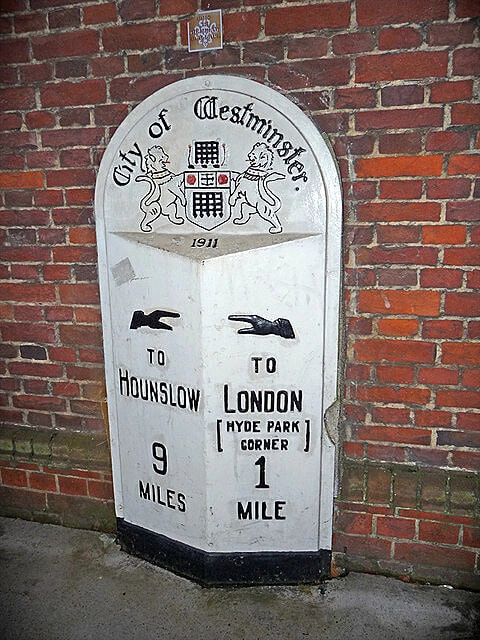
Roman Roots: The mile originates from the Roman "mille passus," meaning "thousand paces." This unit of distance, roughly 1.48 kilometers, was based on the standard stride of a Roman legionary.
Evolving Length: Over centuries, the "mile" underwent various modifications. In the 16th century, Queen Elizabeth I standardized the English mile to 5,280 feet, the definition used today.
Global Reach: The British Empire, through its widespread influence, established the mile as a dominant unit across its colonies, including the United States.
Over time, the mile took on different lengths in various cultures, but the statute mile, now commonly used in the United States and the United Kingdom, was officially standardized in both countries in the 16th and 19th centuries, respectively. The statute mile is equivalent to 5,280 feet or 1,609.344 meters.
Kilometers
Birth of a Standard: The kilometer emerged with the development of the metric system in France during the 18th century. It was defined as one-thousandth of the distance from the North Pole to the equator along a meridian line.
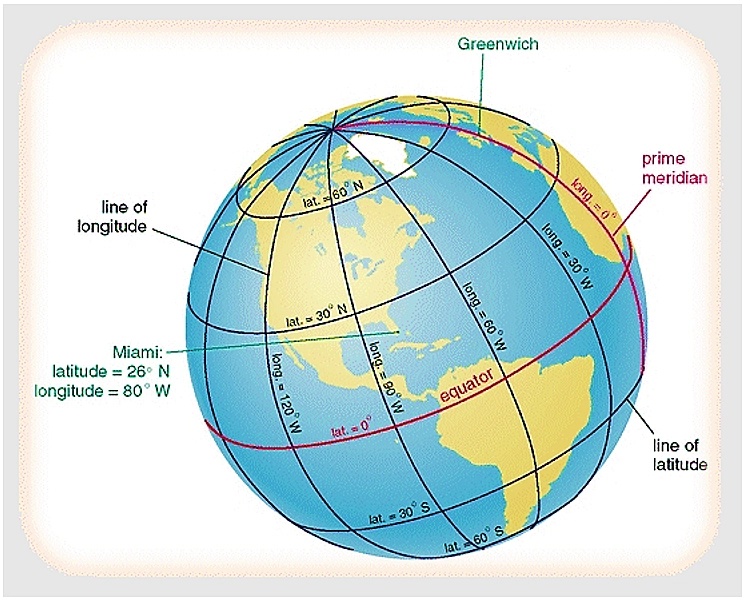
International Adoption: Following the signing of the Treaty of the Meter in 1875, the metric system, including the kilometer, gained international recognition.
The metric system aimed to create a universal and decimal-based system of measurement. The meter, the base unit of length in the metric system, was defined initially as one ten-millionth of the distance from the equator to the North Pole.
Dominant Unit: The kilometer, equal to 1,000 meters, became a widely adopted unit for measuring longer distances. The metric system gained international acceptance in the 20th century, and kilometers are now used as the standard unit of distance in most countries worldwide, reflecting its simplicity and coherence within the broader metric system.
Marathon Standard: The standard length of a marathon is 42.195 kilometers. This precise distance was established during the 1908 London Olympics and has since become the benchmark for marathon races.

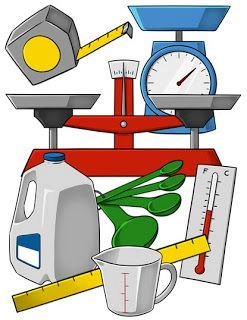

Conclusion
Converting miles to kilometers and vice versa is crucial for anyone with international measurements. Mastering the conversion between miles and kilometers is not only a practical skill but also opens up a world of understanding when dealing with distances. With the simple formula and examples, you can navigate the miles-to-kilometer conversion landscape effortlessly, using the appropriate conversion ratio. Learn more about exclusive mathematics classes and how to calculate the kilometer value in miles with our convenient calculator.
FAQs
1) What is the formula to convert miles to kilometers and vice versa?
The formula to convert miles to kilometers is Kilometers=Miles×1.60934. Conversely, to convert kilometers to miles, you can use the formula Miles = Kilometer / 1.60934
2) If a road trip is 200 miles, how many kilometers would that be?
To convert 200 miles to kilometers, you would use the formula Kilometers=200×1.60934, resulting in approximately 321.87 kilometers.
3) Explain the historical context of the mile.
The mile originates in ancient Rome, where it was defined as 1,000 paces, with each pace being a double step.
4) Why is the standard length of a marathon 42.195 kilometers?
The standard length of a marathon, 42.195 kilometers, was established during the 1908 London Olympics and has since become the benchmark for marathon races.
5) What is the significance of the metric system about kilometers?
Kilometers are part of the metric system based on powers of 10. The metric system is widely used globally and provides a more intuitive and systematic way to measure quantities.


Comments